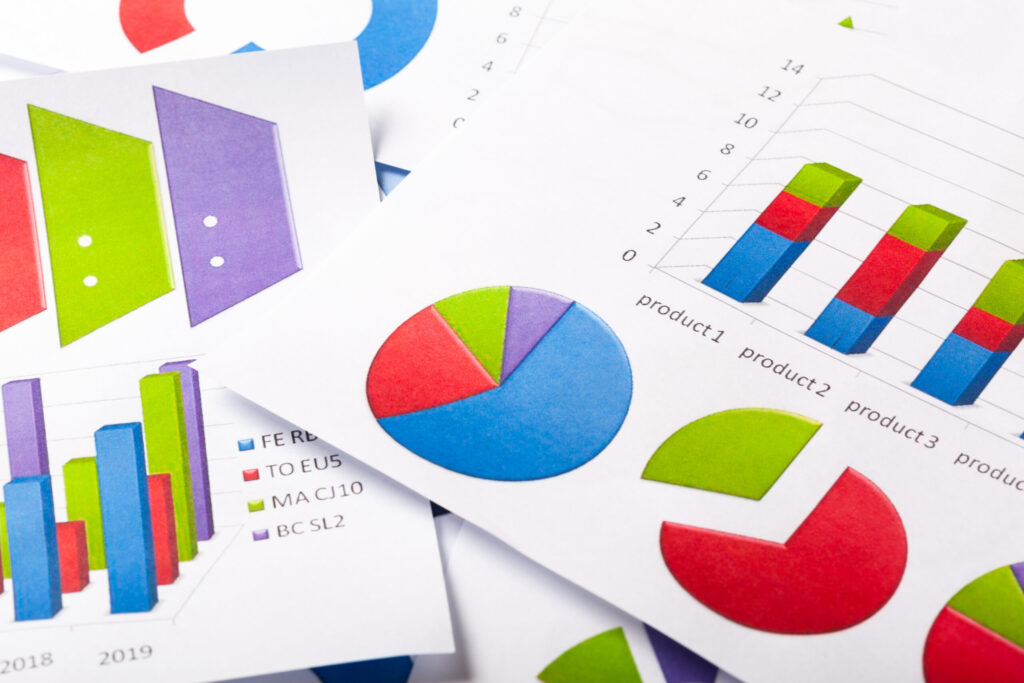In the world of finance, there are various ways to measure a company’s financial health and sustainability. One such critical metric is the times interest earned ratio (TIER). This ratio helps determine a business’s ability to meet its interest payment obligations on debt. Keep reading as we dive deep into the importance, calculation, and implications of the times interest earned ratio.
Understanding the Times Interest Earned Ratio

The times interest earned ratio, often referred to as the interest coverage ratio or TIE, is a critical financial metric that measures a company’s ability to pay outstanding debt. It is calculated by dividing earnings before interest and taxes (EBIT) by interest expense. A higher ratio indicates that the company can cover its interest expenses more easily, whereas a lower ratio might signal potential financial distress. Knowing this ratio is crucial for investors and lenders, as it provides insights into a company’s creditworthiness and overall financial stability.
It is essential to understand that the TIE ratio varies across different industries and business sizes. A capital-intensive industry like utilities or telecommunications might have a lower TIER than a less-capital-intensive industry like software development due to the varying levels of debt financing. Therefore, it is important to compare the TIER within the same industry to ensure a fair comparison.
Furthermore, the TIER should be analyzed in conjunction with other financial metrics, like the debt-to-equity ratio and the current ratio, to gain a comprehensive understanding of a company’s financial position. For instance, a high TIER combined with a low debt-to-equity ratio may suggest that the firm is in a strong financial position to grow and take on additional debt if needed.
Significance for Investors and Managers

For investors, the TIER is crucial in evaluating potential investments or making decisions about holding, selling, or buying more shares in a company. A consistently high TIER indicates that the company can easily service its debt, demonstrating strong financial health and lower risk for investors. A low TIER, on the other hand, raises concerns about the company’s ability to pay its interest and may signal potential financial challenges in the future.
Financial managers also use the TIER to assess the company’s debt capacity and make strategic decisions regarding debt financing. For example, a high TIER combined with a low debt-to-equity ratio may suggest that the company can take on more debt to fund growth initiatives and generate higher returns for shareholders. In contrast, a low TIER may prompt the management to explore alternative financing options, such as raising equity or selling assets, to reduce the outstanding debt and improve the company’s financial health.
Additionally, external parties like credit rating agencies, banks, and business partners use the TIER as a basis for evaluating a company’s creditworthiness. A favorable TIER may lead to better credit ratings, lower borrowing costs, and improved business relationships.
Limitations and Considerations
While the TIER offers valuable insights into a company’s ability to pay interest on its debt, it is not without limitations. For one, the TIER does not consider principal repayment obligations, which are also important in evaluating the overall debt repayment capacity. This is why it should be analyzed alongside other financial metrics like the debt service coverage ratio, which considers both interest and principal payments.
Moreover, the TIER is based on historical financial data, which may not necessarily be indicative of future financial performance. Factors such as changes in interest rates, operating costs, and market conditions can significantly impact a company’s ability to meet its interest payment obligations. Therefore, while interpreting the TIER, it is important to consider external factors and industry trends to form a well-rounded opinion on the company’s financial health.
Benefits of Monitoring the Times Interest Earned Ratio

Regular monitoring of the TIER allows investors and businesses to track the company’s financial health over time. By comparing the TIER with industry peers and identifying trends, investors can make informed decisions and align their portfolios with their risk tolerance and investment objectives.
From a business standpoint, keeping an eye on the TIER helps management in making informed decisions on capital structure, debt servicing, and resource allocation. It also aids in monitoring the effectiveness of strategies aimed at improving the company’s financial health and mitigating risks.
Understanding and monitoring the times interest earned ratio is vital for stakeholders to assess a company’s financial health and make well-informed decisions. By being aware of the TIER’s limitations and analyzing it in conjunction with other important financial metrics, one can gain a comprehensive understanding of a company’s financial stability and growth potential.











